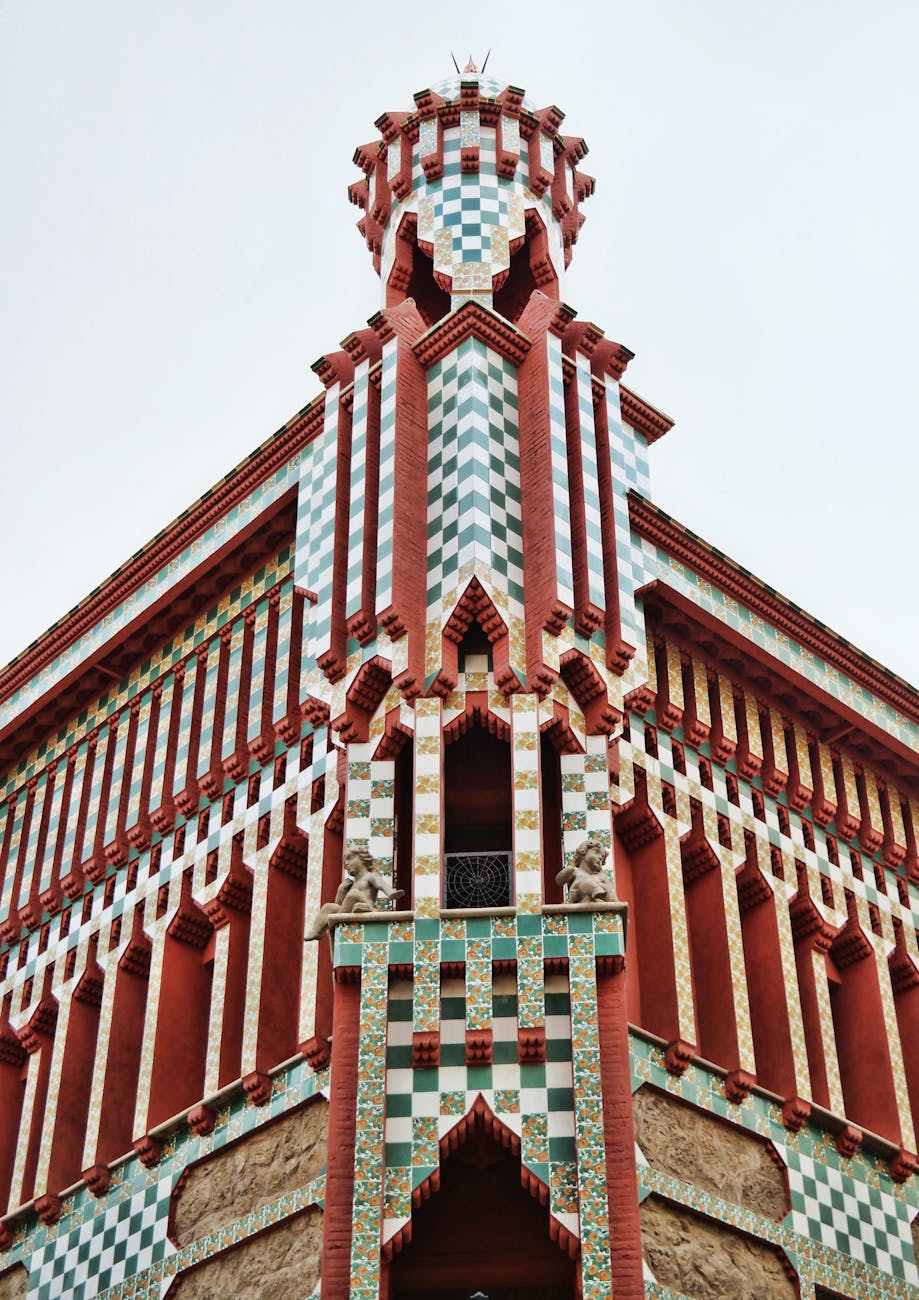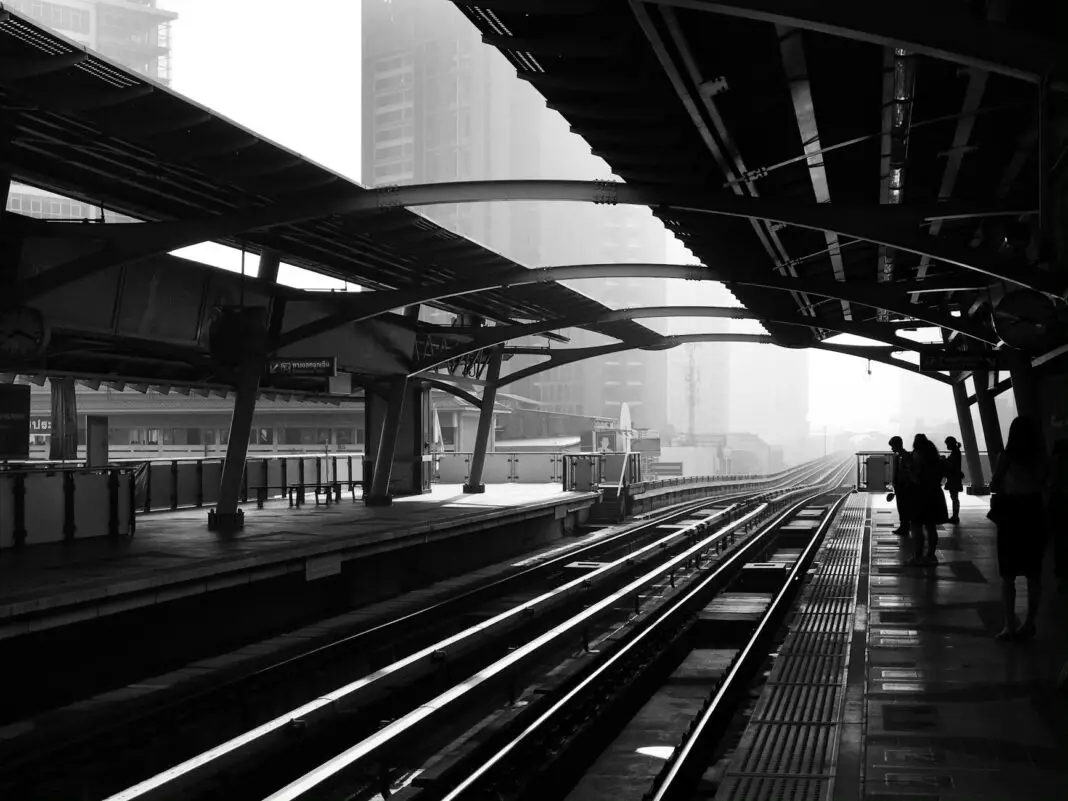Embarking on a journey to Thailand is nothing short of an enchanting experience filled with vibrant culture, stunning landscapes, and architectural marvels that leave visitors awe-inspired. This article delves into the captivating architectural styles of Thailand and showcases how these creations reflect the rich history and spirituality of the region. From the ornate details of Buddhist temples to the evocative lines of traditional homes, discover which stunning Thai architectural styles will capture your heart and take your breath away.
As you navigate Thailand’s diverse landscapes from bustling Bangkok to the tranquil beaches of the south, and the northern hills adorned with ancient structures, the architectural wonders will anchor your journey. You will uncover a variety of styles that not only tell the tales of their time but also serve as a bridge connecting the past with the present. Join us as we explore the alluring architectural styles that make Thailand a must-visit destination for travelers seeking beauty and depth in their adventures.
Table of Contents
Wat Style: The Spiritual Essence
The Wat style, a hallmark of Thai architecture, showcases the grandeur of Buddhist temples known as wats. These iconic structures are adorned with prangs—tower-like spires that symbolize Mount Meru, the center of the universe in Buddhist cosmology. The intricate designs feature colorful mosaics, gold leaf accents, and detailed sculptures that depict celestial beings and significant historical narratives. The Wat Arun in Bangkok is a prime example that embodies these characteristics, standing majestically along the riverside. Its glittering facade captures the sun’s rays, casting a magical glow that attracts photographers and spiritual seekers alike.
Walking through the serene grounds of a wat, the air heavy with incense and the sounds of chanting monks, one can truly appreciate the connection between architecture and spirituality in Thai culture. Wat style significantly differs from Western religious architecture, as it emphasizes not only the beauty but also the symbolism intertwined in each element. Visitors often partake in traditional rituals while marveling at the craftsmanship. Therefore, when discussing breathtaking architecture in Thailand, it’s impossible to overlook the profound impact of the Wat style on the cultural landscape.
Ornate Style: A Feast for the Senses
Another architectural style that captivates the senses is the ornate style. This design approach is characterized by elaborate decorations and meticulous attention to detail, often found in royal palaces and grand residences. The Grand Palace in Bangkok is an embodiment of this style, where every inch is meticulously crafted, from the vibrant tiles to the elegantly carved murals that recount tales from Thai history and mythology. The Palacio Nacional in Ayutthaya also shines with ornate features that tell stories of a bygone era filled with glory and elegance.
These structures often integrate traditional Thai elements with influences from neighboring cultures, resulting in an eclectic mix that enchants visitors. Travelers can witness how ornate style embraces vibrant colors and intricate designs, creating an enthralling visual experience. Whether you are exploring the stunning gilded hallways or lounging in the beautifully manicured gardens, the ornate style provides a multi-sensory journey that delights the eyes and soothes the soul. It serves as a testament to the artistic ingenuity of architects and artisans whose craftsmanship transcends time.
Colonial Style: A Historical Interlude
Colonial style architecture stands as a testament to Thailand’s historical encounters with European influence. This architectural form presents a unique blend of traditional Thai elements interspersed with Western design principles, often visible in the charming towns of Khao San Road and Phra Nakhon. Beautifully preserved buildings with high ceilings, broad verandas, and delicate window frames narrate the story of Thailand’s past centuries of trade and diplomacy.
Visitors can enjoy leisurely strolls through these colonial structures while admiring the fusion of ideas. Notably, the Vimanmek Mansion in Bangkok, crafted from golden teak wood, offers a glimpse into the royal lifestyle of King Rama V, complete with stunning gardens and opulent interiors. This architectural style emerges as a fascinating confluence of cultures, and every corner whispers tales of its historical significance. Exploring colonial sites not only provides a visual feast but also an opportunity to engage with Thailand’s rich tapestry of history and heritage, bridging the gap between eras.
Discover the Architectural Wonders of Thailand
Your adventure in Thailand will undeniably leave an imprint on your heart. Each architectural style offers a unique lens through which to view the country’s culture and history. The intricate splendor of Wat style temples, the lavish design of ornate royal structures, and the nostalgia of colonial architecture all interweave to create a captivating narrative that resonates with every traveler. The variety of Thai architecture symbolizes a rich past while encouraging a deeper understanding of the country’s identity today. Whether you are a history buff, architecture enthusiast, or simply a curious traveler looking for inspiration, Thailand’s stunning structures promise to enrich your journey and make your visit extraordinarily memorable.
FAQs about Thai Architectural Styles
- What makes Wat style unique compared to other architectural styles?
Wat style is deeply connected to Buddhist beliefs, characterized by its use of symbolic elements like prangs that depict Mount Meru, and intricate decorations depicting celestial narratives. - Can I visit these architectural sites in Thailand?
Absolutely! Most wats, ornate buildings, and colonial structures are open to the public, providing an opportunity for both exploration and deeper cultural engagement. - What are some specific examples of colonial style architecture in Thailand?
Noteworthy examples include the Vimanmek Mansion, which is the world’s largest golden teakwood mansion, and the old buildings along Khao San Road that showcase European influences. - How do I prepare for visits to these architectural sites?
It’s advisable to dress appropriately when visiting wats, usually respecting local customs by covering shoulders and knees. Familiarizing yourself with cultural norms can enhance your experience.
Image Credit: Pexels





